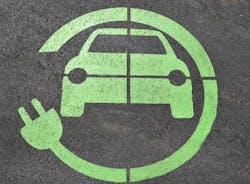MnDOT adopts recommendations from Sustainable Transportation Advisory Council
The Minnesota Department of Transportation (MnDOT) announced this week that the agency has adopted recommendations proposed by the Sustainable Transportation Advisory Council (STAC).
The recommendations and agency responses focus on creating measurable strategies to help the state transition to a low-carbon transportation system that maximizes the health of people, the environment, and the economy, MnDOT says. This includes:
- Developing a clean fuels policy
- Supporting electric vehicle (EV) rebates
- Increasing investment in charging infrastructure
- Setting a preliminary goal of a 20% reduction in Vehicle Miles Traveled (VMT) statewide by 2050
- Prioritizing transit and high-occupancy vehicles (HOV) on MnDOT-owned right of way
- Continuing to prioritize other solutions before considering highway expansion
“We are deeply grateful to the members of the STAC for their thorough recommendations as we work collaboratively to reduce carbon pollution from the transportation sector,” Commissioner Margaret Anderson Kelliher said in a statement. “Our climate is changing, and we all share in the responsibility of working harder to achieve Minnesota’s Next Generation Energy Act emission reduction goals. The recommendations of the STAC will be critical to our success.”
The STAC was created following MnDOT’s 2019 Pathways to Decarbonizing Transportation report, which identified several actions, recommendations and opportunities to reduce greenhouse gas emissions from surface transportation. MnDOT says that improving resilience and addressing climate change directly align with the agency's vision, mission, and values.
----------
SOURCE: Minnesota DOT
